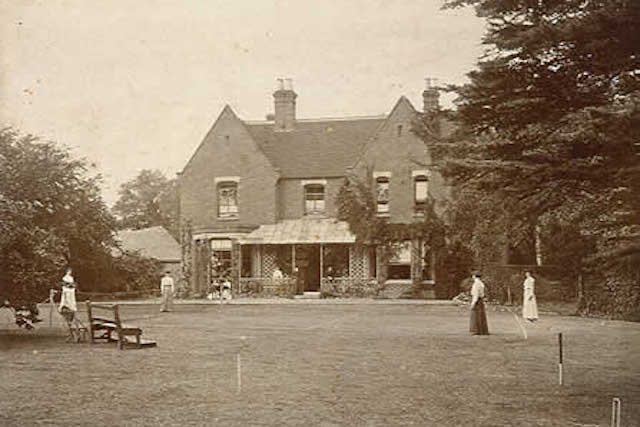Assassination is so ingrained in American culture that it’s practically a national pastime. Every single president since Lyndon Johnson has been the target of an assassination attempt; with plenty more before LBJ also finding themselves on the wrong end of a bullet. That’s before you take into account the lower-ranking politicians attacked, the civil rights figures, the sportsmen, the artists… All we’re saying is that, if assassination was an Olympic sport, team USA would be beating everyone but Russia.
The one upside is that American assassinations usually end with the assassin themselves dying. Think of Lee Harvey Oswald, gunned down by Jack Ruby. Or John Wilkes Booth, shot to pieces by Federal troops. But “usually” isn’t the same as always. Just occasionally, an American assassination ends with the attempted killer surviving. And surviving. And surviving. The following 10 have survived for so long now that you’ll probably be surprised to learn they’re not dead from old age.
Read the full list!










































